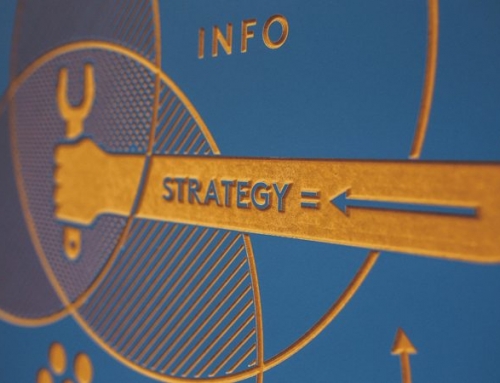We’re almost at the end of the second decade of the 21st century and since the millennium, we’ve learned a lot about digital marketing, communication and marketing. Technology has advanced at a rate that nobody could have predicted in the late 20th century, when computers were still considered something of an “optional extra” to everyday life. These days, the whole world is online and practically everything we do involves some kind of digital interaction. Here’s Probella’s guide to preparing content strategies that will work in the coming decade.
Create Content for the Audience You Have, Not the Audience You Want.
Reading speeds are slowing down, attention spans are getting shorter and the average vocabulary is changing dramatically. This means you need to create content that can be consumed easily and ideally, avoid anything that is likely to be considered too complex or difficult to understand. Check how often your audience read blog posts, engage with videos and comment on your socials. These habits explain a lot about the kind of content they want to see. Ask direct questions about the content you have already presented so you can get feedback. If your customers get bored when reading your articles, break them up a little or make them shorter. If your videos aren’t engaging enough, pay attention to production values and elements such as graphics, edits, music and any other non-written content. When businesses have an idea for a marketing campaign, they often have an impression of the sort of person they want to sell to. However, in reality, this doesn’t always follow. Though it’s a good idea to have some kind of direction in terms of who you are planning to market to, the fact is that any customer that is willing to pay for your goods or services are worth retaining.
Link Content Across all Platforms as Standard
Whether we like it or not, it looks as if social media is here to stay for the foreseeable future. Things are far more complex than they were ten years ago, with more platforms than ever to content with. All blogs, videos and articles should be shared across every channel you deal with at the same time, or at least on the same day. Doing this sends a message that you are organised, consistent and professional. It also widens your potential reach significantly. This applies to audio content such as podcasts, too. With platforms Spotify, pod bean, SoundCloud and many others to choose from, you need to make sure that you’re casting your net as wide as possible to drive engagement with listeners. Many people are very much “creatures of habits” when it comes to the platforms they choose to engage with, so if you are only putting things out in one or two places, you are missing out on a vast number of potential customers or subscribers.
Embrace New Mediums Before They’re Popular
Platforms such as Twitch and Etsy were in their infancy at the start of the decade, but they’re now fully established and very lucrative for those involved. The most successful content providers on twitch now make a full time living from streaming and there are millions of Esty businesses that allow their owners to work from home as a regular job. Though not all platforms will endure, (remember Vine?) some of them will grow to become the kind of digital giant that defines a whole culture. Businesses that take risks are the ones who are often the most successful and taking a chance on a new type of streaming service, hosting platform or way of communicating with your customers can be a good strategy if you want to target forward thinking, inquisitive people or those who like to be ahead of the curve.
Staff the Comments Section
Digital Media is defined by audience interaction in the 21st century. Users are no longer content to simply receive information without having the opportunity to give feedback. Having a dedicated staff member or a set time of day to reply to any customer comments should be a strategy every business employ going forward in to the 2020s. This kind of quick, back and forth interaction is what keeps many people coming back. You only have to look at the activity below articles that are posted on LinkedIn, Facebook and other socials to realise this. If you simply post your content and then log off for the day, you risk losing a huge swathe of your audience, particularly Millennials and Generation Z.
Leave Old Fashioned Ideas in the Past, Where They Belong.
Whether you’re a fan of political correctness and inclusivity or whether you think it’s all gone a little too far, you can’t avoid the fact that the world is a very different place when compared to the early part of the century. Businesses frequently run in to problems because the people in charge are too slow to embrace change and new ideas around equality and acceptable language. If you feel as if any themes, imagery or language that define your marketing campaigns are a little inappropriate or may cause controversy, avoid them. Anything that belittles or insults people because of their gender, race, sexuality, culture or beliefs is totally unacceptable now. It can even get you in to a lot of trouble if you are found to be promoting hate speech or supporting ideas that are considered dangerously radical. You don’t need to censor yourself for the sake of it, but always try to present your message in a way that’s sensitive to the culture of the modern world. Even if your customers have yet to embrace other cultures and ideas, it is your responsibility as a business owner or professional to ensure that any digital communication you put out isn’t at odds with the current standards of decency and impartiality. The next decade looks set to be even more inspiring than the last, so establish yourself as somebody who sets good standards, rather than just follows them.






